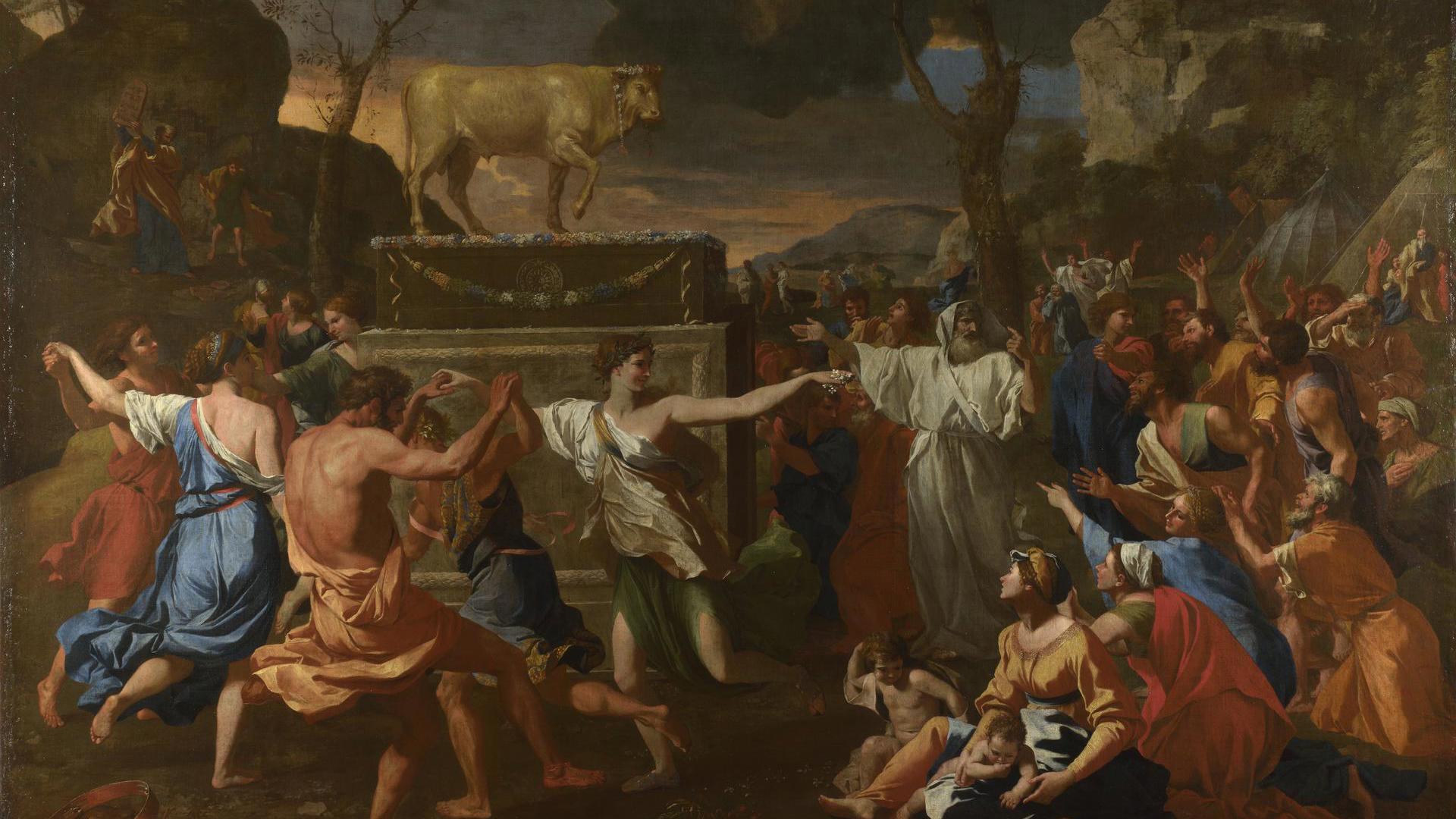Moses, called Musa in Islam, is a central figure in both the Bible and the Quran. He is regarded as a prophet and leader who delivered the Israelites from over four hundred years of slavery in Egypt. In the Bible, he is also recognized as the author of the first five books, known as the Torah. Although both religions honor him as a messenger of God, their accounts differ in several important details. One major difference concerns the story of the Golden Calf and the mention of a Samaritan in the Quran. This account is compared with the Biblical version to highlight the truth as recorded in the Word of God, the Bible.
The Samaritan in the Quran
In the Quran, Surah Ta-Ha (20:85–97) introduces a man called “the Samaritan.” According to this passage, while Moses was on Mount Sinai, the Samaritan misled the Israelites by making the Golden Calf. The Quran says, “Allah said, ‘We have tested your people in your absence, and the Samaritan has led them astray.’ … Moses said, ‘And what is your case, O Samaritan?’ He said, ‘I saw what they did not see, so I took a handful from the track of the messenger and threw it, and thus my soul enticed me.’” In this version, the Samaritan is the one who created the idol and caused the Israelites to fall into idolatry.
The Biblical Account of the Golden Calf
The Bible gives a very different explanation of this event. In the book of Exodus, it was Aaron, the brother of Moses, who made the Golden Calf when the people became impatient waiting for Moses to return from Mount Sinai. The account reads: “When the people saw that Moses delayed to come down from the mountain, they gathered around Aaron and said, ‘Make us gods who shall go before us.’ So Aaron said to them, ‘Take off the rings of gold that are in your ears and bring them to me.’ He took the gold, fashioned it with a graving tool, and made a golden calf.” (Exodus 32:1–4).
This passage shows that Aaron gave in to pressure from the people and allowed them to worship the image he made. The Bible presents this as a grave sin, followed by Moses’ anger, destruction of the calf, and the punishment of those who turned to idolatry.
Islamic Interpretations and Explanations
Islamic scholars have offered several explanations for the mention of the Samaritan in the Quran. Some suggest that the story reflects the traditions familiar to the Arabs during the time of Prophet Mohammed. Others argue that the Quran, being divine revelation, should not be questioned or examined by historical standards. There are also interpretations that treat the Samaritan figure symbolically, shifting the focus from historical accuracy to moral or spiritual lessons. In these approaches, the message of faith and obedience is emphasized more than the precise historical details.
Chronological Error in the Quranic Account
However, it is important to note that the term “Samaritan” refers to the people of Samaria, a region that did not exist during the time of Moses. The Samaritans as a group appeared many centuries later, after the Assyrian conquest of the Northern Kingdom of Israel in the 8th century BC. They are first mentioned only during the period of Ezra and Nehemiah. Therefore, the reference to a Samaritan in the time of Moses presents a clear historical error in the Quranic narrative.
The Need for Accuracy in Holy Texts
Sacred books, even when regarded as holy, should not be exempt from honest examination. Truth and accuracy are essential when conveying moral and spiritual lessons. While focusing on the significance or message of an event is valuable, it cannot replace the need for factual correctness. The worship of the Golden Calf was an actual event, and the record of it must be faithful to history. It was Aaron, not a Samaritan, who made the Golden Calf, as the Bible clearly records in Exodus, the second book of the Bible.
The Reliability of the Biblical Account
The Bible’s version of this event is both consistent and historically sound. The narrative fits the context of the Exodus period and corresponds with known historical developments. Its accuracy has also been supported through centuries of study, tradition, and archaeological findings. The consistency of the biblical record strengthens its reliability and authority in comparison with the Quranic version.
Conclusion
The story of Moses and the Golden Calf demonstrates the importance of truth and historical accuracy in matters of faith. While the Quran introduces a figure called the Samaritan, this addition conflicts with historical facts and does not align with the timeline of Moses’ life. The Bible, by contrast, presents a coherent, detailed, and verifiable record. Therefore, the biblical account remains the true and trustworthy testimony of what actually took place when the Israelites turned to idolatry in the wilderness.
